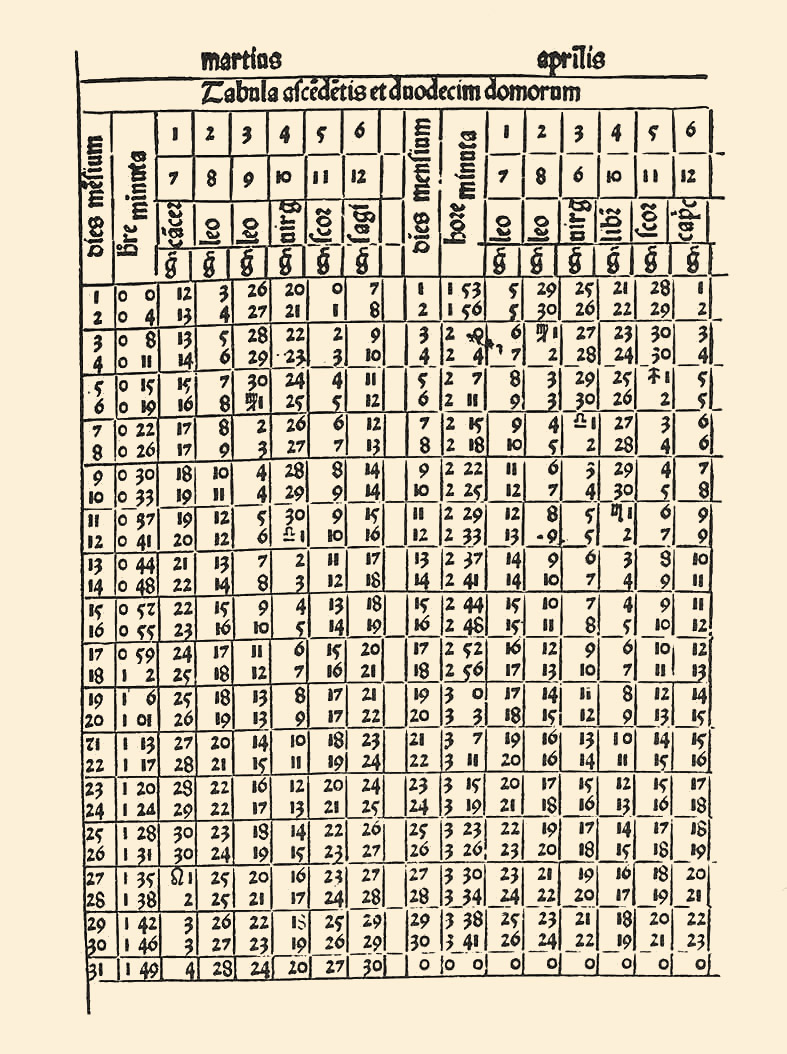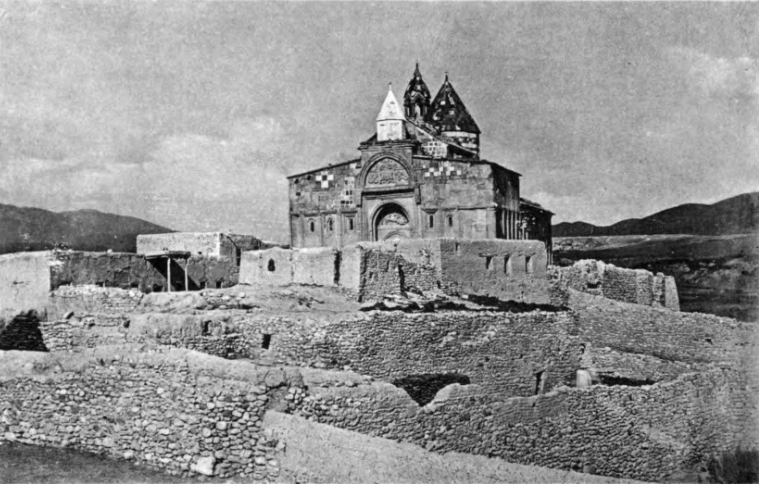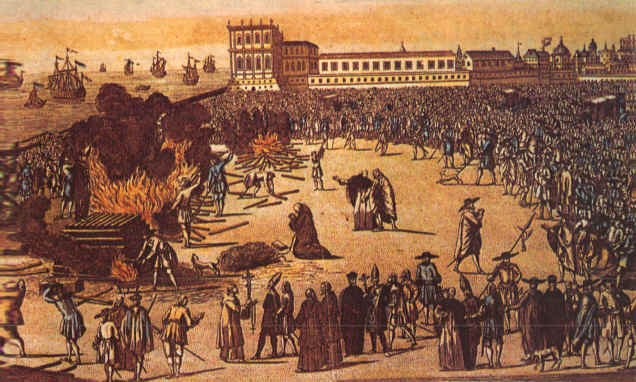|
Synagogue Of Tomar
The Synagogue of Tomar () is a former Jewish congregation and synagogue, located at 73 Rua Dr. Joaquim Jaquinto, in the historic center of the city of Tomar, in the Santarém District of Portugal. The medieval synagogue was completed in the Gothic style by , and was active as a synagogue until 1496, when Jews were expelled from Portugal. After four centuries of profane use, the building was declared a Portuguese National Monument, restored, and repurposed in 1939 as the Abraham Zacuto Portuguese Jewish Museum (), a Jewish museum named in honour of Abraham Zacuto. History The Synagogue of Tomar was built between 1430 and 1460 by the city's then thriving Jewish community. Tomar's Jewish community traced its origins to the 14th century, when some individuals came to work for the Knights Templar and their successors in the Military Order of Christ. By mid-century when the synagogue was built, Tomar's Jewish community numbered between 150 and 200 individuals—30% to 40% of Toma ... [...More Info...] [...Related Items...] OR: [Wikipedia] [Google] [Baidu] |
Judaism
Judaism () is an Abrahamic religions, Abrahamic, Monotheism, monotheistic, ethnic religion that comprises the collective spiritual, cultural, and legal traditions of the Jews, Jewish people. Religious Jews regard Judaism as their means of observing the Mosaic covenant, which they believe was established between God in Judaism, God and the Jewish people. The religion is considered one of the earliest monotheistic religions. Jewish religious doctrine encompasses a wide body of texts, practices, theological positions, and forms of organization. Among Judaism's core texts is the Torah—the first five books of the Hebrew Bible—and a collection of ancient Hebrew scriptures. The Tanakh, known in English as the Hebrew Bible, has the same books as Protestant Christianity's Old Testament, with some differences in order and content. In addition to the original written scripture, the supplemental Oral Torah is represented by later texts, such as the Midrash and the Talmud. The Hebrew ... [...More Info...] [...Related Items...] OR: [Wikipedia] [Google] [Baidu] |
Abraham Zacuto
Abraham Zacuto (, ; 12 August 1452 – ) was a Sephardic Jewish astronomer, astrologer, mathematician, rabbi and historian. Born in Castile, he served as Royal Astronomer to King John II of Portugal before fleeing to Tunis. His astrolabe of copper, astronomical tables, and maritime charts played an important role in the Spanish and Portuguese voyages of discovery, being used by both Vasco Da Gama and Christopher Columbus. Life Zacuto was born in Salamanca, Kingdom of Castile and León, Castile in 1452. He may have studied and taught astronomy at the University of Salamanca. He later taught astronomy at the universities of Zaragoza and then Carthage. He was well versed in Halakha, Jewish Law, and was the rabbi of his community. Zacuto was actually Abraham Zacuto III, his ancestor the first was the author of the ''Sepher ha-Mishpotim'' in 1311, which today is in the library of the Jewish Theological Seminary of America, Jewish Theological Seminary in New York. He writes that his ... [...More Info...] [...Related Items...] OR: [Wikipedia] [Google] [Baidu] |
Bartholomew The Apostle
Bartholomew was one of the twelve apostles of Jesus according to the New Testament. Most scholars today identify Bartholomew as Nathanael, who appears in the Gospel of John (1:45–51; cf. 21:2). New Testament references The name ''Bartholomew'' (, transliterated "Bartholomaios") comes from the ''bar-Tolmay'' "son of Tolmai" or "son of the furrows". Bartholomew is listed in the New Testament among the Twelve Apostles of Jesus in the three Synoptic Gospels: Matthew, Mark, and Luke, and in Acts of the Apostles. Tradition Eusebius of Caesarea's ''Ecclesiastical History'' (5:10) states that after the Ascension, Bartholomew went on a missionary tour to India, where he left behind a copy of the Gospel of Matthew. Tradition narrates that he served as a missionary in Mesopotamia and Parthia, as well as Lycaonia and Ethiopia in other accounts.''Encyclopædia Britannica'', Micropædia. vol. 1, p. 924. Chicago: Encyclopædia Britannica, Inc., 1998. . Popular traditions say that B ... [...More Info...] [...Related Items...] OR: [Wikipedia] [Google] [Baidu] |
Hermitage (religious Retreat)
A hermitage most authentically refers to a place where a hermit lives in seclusion from the world, or a building or settlement where a person or a group of people lived religiously, in seclusion. Particularly as a name or part of the name of properties its meaning is often imprecise, harking to a distant period of local history, components of the building material, or recalling any former sanctuary or holy place. Secondary churches or establishments run from a monastery were often called "hermitages". In the 18th century, some owners of English country houses adorned their gardens with a "hermitage", sometimes a Gothic ruin, but sometimes, as at Painshill Park, a romantic hut which a "hermit" was recruited to occupy. The so-called Ermita de San Pelayo y San Isidoro is the ruins of a Romanesque church of Ávila, Spain, that ended up several hundred miles away, to feature in the Buen Retiro Park in Madrid. Western Christian tradition A hermitage is any type of domestic dwelli ... [...More Info...] [...Related Items...] OR: [Wikipedia] [Google] [Baidu] |
Chapel
A chapel (from , a diminutive of ''cappa'', meaning "little cape") is a Christianity, Christian place of prayer and worship that is usually relatively small. The term has several meanings. First, smaller spaces inside a church that have their own altar are often called chapels; the Lady chapel is a common type of these. Second, a chapel is a place of worship, sometimes Interfaith worship spaces, interfaith, that is part of a building, complex, or vessel with some other main purpose, such as a school, college, hospital, palace or large aristocratic house, castle, barracks, prison, funeral home, hotel, airport, or military or commercial ship. Third, chapels are small places of worship, built as satellite sites by a church or monastery, for example in remote areas; these are often called a chapel of ease. A feature of all these types is that often no clergy are permanently resident or specifically attached to the chapel. For historical reasons, ''chapel'' is also often the term u ... [...More Info...] [...Related Items...] OR: [Wikipedia] [Google] [Baidu] |
Catholic Church
The Catholic Church (), also known as the Roman Catholic Church, is the List of Christian denominations by number of members, largest Christian church, with 1.27 to 1.41 billion baptized Catholics Catholic Church by country, worldwide as of 2025. It is among the world's oldest and largest international institutions and has played a prominent role in the history and development of Western civilization.Gerald O'Collins, O'Collins, p. v (preface). The church consists of 24 Catholic particular churches and liturgical rites#Churches, ''sui iuris'' (autonomous) churches, including the Latin Church and 23 Eastern Catholic Churches, which comprise almost 3,500 dioceses and Eparchy, eparchies List of Catholic dioceses (structured view), around the world, each overseen by one or more Bishops in the Catholic Church, bishops. The pope, who is the bishop of Rome, is the Papal supremacy, chief pastor of the church. The core beliefs of Catholicism are found in the Nicene Creed. The ... [...More Info...] [...Related Items...] OR: [Wikipedia] [Google] [Baidu] |
Spanish And Portuguese Jews
Spanish and Portuguese Jews, also called Western Sephardim, Iberian Jews, or Peninsular Jews, are a distinctive sub-group of Sephardic Jews who are largely descended from Jews who lived as New Christians in the Iberian Peninsula during the few centuries following the forced expulsion of unconverted Jews Expulsion of the Jews from Spain, from Spain in 1492 and Expulsion of Jews and Muslims from Portugal, from Portugal in 1497. They should therefore be distinguished both from the descendants of those expelled in 1492 and from the present-day Jews, Jewish communities of Spain and Portugal. The main present-day communities of Spanish and Portuguese Jews exist in the Netherlands, the United Kingdom, the United States and Canada, and several other Jewish communities in the Americas have Spanish and Portuguese Jewish roots though they no longer follow the distinctive customs of the Spanish and Portuguese Jews. Historical background Although the 1492 and 1497 expulsions of unconvert ... [...More Info...] [...Related Items...] OR: [Wikipedia] [Google] [Baidu] |
Forced Conversion
Forced conversion is the adoption of a religion or irreligion under duress. Someone who has been forced to convert to a different religion or irreligion may continue, covertly, to adhere to the beliefs and practices which were originally held, while outwardly behaving as a convert. Crypto-Jews, Crypto-Christians, Crypto-Muslims, Crypto-Hindus and Crypto-Pagans are historical examples of the latter. Religion and proselytization The religions of the world are divided into two groups: those that actively seek new followers (missionary religions) and those that do not (non-missionary religions). This classification dates back to a lecture given by Max Müller in 1873, and is based on whether or not a religion seeks to gain new converts. The three main religions classified as missionary religions are Christianity, Islam, and Buddhism, while the non-missionary religions include Judaism, Hinduism, and Zoroastrianism. Other religions, such as Primal Religions, Confucianism, and T ... [...More Info...] [...Related Items...] OR: [Wikipedia] [Google] [Baidu] |
Manuel I Of Portugal
Manuel I (; 31 May 146913 December 1521), known as the Fortunate (), was King of Portugal from 1495 to 1521. A member of the House of Aviz, Manuel was Duke of Beja and Viseu prior to succeeding his cousin, John II of Portugal, as monarch. Manuel ruled over a period of intensive expansion of the Portuguese Empire owing to the numerous Portuguese discoveries made during his reign. His sponsorship of Vasco da Gama led to the Portuguese discovery of the sea route to India in 1498, resulting in the creation of the Portuguese India Armadas, which guaranteed Portugal's monopoly on the spice trade. Manuel began the Portuguese colonization of the Americas and Portuguese India, and oversaw the establishment of a vast trade empire across Africa and Asia. Manuel established the Casa da Índia, a royal institution that managed Portugal's monopolies and its imperial expansion. He financed numerous famed Portuguese navigators, including Pedro Álvares Cabral (who discovered Brazil), ... [...More Info...] [...Related Items...] OR: [Wikipedia] [Google] [Baidu] |
Spanish Inquisition
The Tribunal of the Holy Office of the Inquisition () was established in 1478 by the Catholic Monarchs of Spain, Catholic Monarchs, King Ferdinand II of Aragon and Queen Isabella I of Castile and lasted until 1834. It began toward the end of the ''Reconquista'' and aimed to maintain Catholic Church, Catholic orthodoxy in their kingdoms and replace the Papal Inquisition in Spain, Medieval Inquisition, which was under Pope, papal control. Along with the Roman Inquisition and the Portuguese Inquisition, it became the most substantive of the three different manifestations of the wider Catholic Inquisition. The Inquisition was originally intended primarily to identify Heresy in Christianity, heretics among those who converted from Judaism and Islam to Catholicism. The regulation of the faith of newly converted Catholics was intensified following Alhambra Decree, royal decrees issued in 1492 and 1502 ordering Jews and Muslims to convert to Catholicism or leave Crown of Castile, Ca ... [...More Info...] [...Related Items...] OR: [Wikipedia] [Google] [Baidu] |
Jewish Quarter (diaspora)
In the Jewish diaspora, a Jewish quarter (also known as jewry, ''juiverie'', ''Judengasse'', Jewynstreet, Jewtown, Judería or proto- ghetto) is the area of a city traditionally inhabited by Jews. Jewish quarters, like the Jewish ghettos in Europe, were often the outgrowths of segregated ghettos instituted by the surrounding Christian or Muslim authorities. A Yiddish term for a Jewish quarter or neighborhood is ''"Di yiddishe gas"'' ( ), or "The Jewish quarter." While in Ladino, they are known as '' maalé yahudí'', meaning "The Jewish quarter". Many European and Near Eastern cities once had a historical Jewish quarter and some still have it. The history of the Jews in Iraq is documented from the time of the Babylonian captivity c 586 BC. Iraqi Jews constitute one of the world's oldest and most historically significant Jewish communities. Arabic world From the late medieval and early modern period onwards Jews, the only remaining dhimmi, were increasingly confined to g ... [...More Info...] [...Related Items...] OR: [Wikipedia] [Google] [Baidu] |
Military Order Of Christ
The Military Order of Christ is a Honorific orders of Portugal, Portuguese honorific order. It is the former order of Knights Templar as it was reconstituted in Portugal. Before 1910, it was known as the Royal Military Order of Our Lord Jesus Christ, and the Order of the Knights of Our Lord Jesus Christ. It was founded in 1318, with the protection of Denis of Portugal, King Denis of History of Portugal, Portugal, after the Templars were abolished on 22 March 1312 by the papal bull, ''Vox in excelso'', issued by Pope Clement V. King Denis refused to pursue and persecute the former knights as had occurred in most of the other sovereign states under the political influence of the Catholic Church. Heavily swayed by Philip IV of France, Pope Clement had the Knights Templar annihilated throughout France and most of Europe on charges of heresy, but Denis revived the Templars of Tomar as the Order of Christ, largely for their aid during the ''Reconquista'' and in the reconstruction of Por ... [...More Info...] [...Related Items...] OR: [Wikipedia] [Google] [Baidu] |








